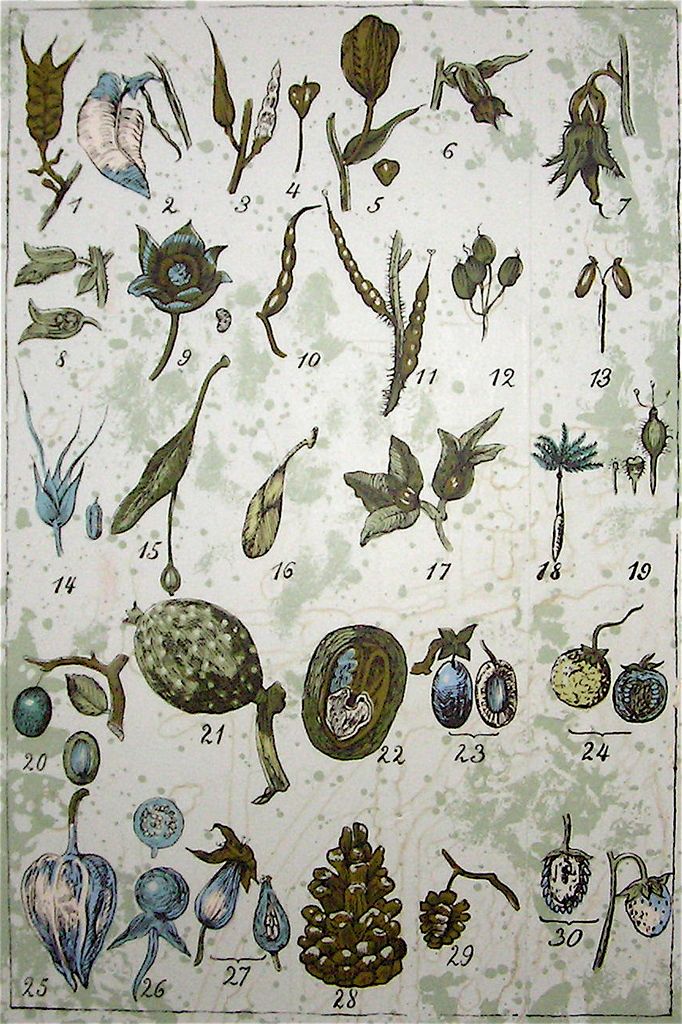Emerging Superbug Menace Looms: Overcoming It Could Prove Challenging
Art imitates life and vice versa
In the gripping HBO series "The Last of Us," a mutated Cordyceps fungus wreaks havoc, infecting humans via bites from flesh-eating zombies. While this plot might seem like pure science fiction, the reality is far from it. Fungi that can maim and kill us are on the loose around the world, causing havoc and spreading like wildfire.
Take Torrence Irvin, who believes he caught the deadly fungus called Coccidioides while relaxing in his backyard in Patterson, California, in June 2018. "I was sitting in my lounger enjoying a nice summer day, playing games on my phone and having a cocktail," he recalled, "Next thing I know, I'm close to death." He went from a 290-pound man to a mere 150-pound skeleton before a specialist correctly diagnosed his infection nearly a year later.
Rob Purdie, too, thinks he was outside his Bakersfield, California home, working in his garden when he inhaled the Coccidioides spores in 2012. The infection soon spread to his brain, causing fungal meningitis characterized by potentially fatal inflammation of the brain's protective membranes. Purdie now has to take intracranial injections with a toxic 80-year-old drug daily to control the disease, a drug that is slowly poisoning him.
Coccidioides is just one of many dangerous fungi that are quickly becoming resistant to all existing fungicidal drugs, making treatment increasingly challenging. In fact, around the globe, there are six and a half million invasive fungal infections, and about three and a half million deaths annually. The World Health Organization has listed 19 fungal species as critical, high, or medium priority for new drug development, with some of these species, such as Coccidioides, in the cross hairs.
Despite our best efforts, there are only about 17 antifungal drugs available, compared to hundreds of antibiotics for bacteria. That's because genetically, fungi are more closely related to humans than bacteria, making it difficult to create drugs that kill the fungus without hurting humans. In fact, currently available antifungals can cause impotence, pancreatitis, liver damage, and severe allergic reactions.
Fungal infections are typically resolved in otherwise healthy people with current antifungal treatment, especially when caught early. But those most vulnerable to invasive fungal infections are people with weakened immune systems, such as those undergoing chemotherapy, organ transplants, or immunosuppressant medications. Interestingly, neither Irvin or Purdie were immunocompromised when they contracted coccidioidomycosis, also known as valley fever.
Researchers first identified cocci in California's San Joaquin Valley, so it's also known as Valley Fever. If we could figure out what's different about the immune systems of vulnerable patients, perhaps we can augment them to help them fight off the fungus, said Dr. George Thompson, the specialist who diagnosed Irvin with valley fever.
Among the most dangerous of the resistant fungi are Cryptococcus neoformans, which causes potentially deadly meningitis, Candida auris, a cousin of C. albicans, and Aspergillus fumigatus, a mold that damages the lungs and can spread to other parts of the body. To tackle these fungi, we desperately need new drugs, said Thompson.
Yet, the development of new fungicides is a daunting task. While scientists work tirelessly to uncover new treatments, in the meantime, it's crucial to stay informed, avoid exposure to fungi, and seek medical attention promptly if you experience symptoms like coughing, chest pain, fever, rash, and fatigue. Who knows? You might just save your own life.
References:[1] Centers for Disease Control and Prevention. Fungal Resistance Threat: WHO's Red List of Critical, High, and Medium Priority Pathogens for 2022.https://www.cdc.gov/fungal/docs/red-list-hpc-2022.pdf (accessed April 27, 2023).[2] Kwak A. Opinions from the Boston area. Keep an eye out for these fungal infections this spring. Harvard Health Publishing. https://www.health.harvard.edu/staying-healthy/keep-an-eye-out-for-these-fungal-infections-this-spring (accessed April 28, 2023).[3] World Health Organization. Used Medicines: Management information. https://www.who.int/publications/i/item/9789240074369 (accessed April 28, 2023).[4] Centers for Disease Control and Prevention. Candida Auris. https://www.cdc.gov/fungal/diseases/candida-auris/index.html (accessed April 28, 2023).[5] Park O, Noble M. Fungal infections: challenges in diagnosis, management, and policy. Expert Review of Molecular Diagnostics. https://www.ncbi.nlm.nih.gov/pmc/articles/PMC8932426/ (accessed April 28, 2023).
- Caregivers and medical professionals must stay informed about the growing threat of multidrug-resistant fungi, such as Cryptococcus neoformans, Candida auris, and Aspergillus fumigatus, in order to diagnose and treat chronic diseases and medical conditions promptly.
- In 2023, science continues to grapple with the challenge of developing new fungicides to counter the increasing resistance of dangerous fungi, such as Coccidioides, to existing treatments, posing a significant health-and-wellness concern worldwide.
- The HBO series "The Last of Us" provides a chilling reminder of the real-life havoc that fungi like Cordyceps can cause, and the importance of scientific research to develop effective treatments against these threats.
- Irvin and Purdie, despite not being immunocompromised, contracted coccidioidomycosis, highlighting the need for better understanding of the factors determining susceptibility to fungal infections and potentially paving the way for new treatment strategies.










